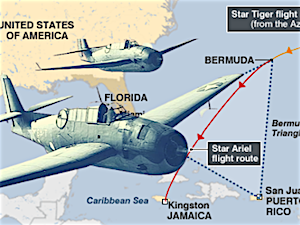
How Annuity Risks Get Passed to the Bermuda Triangle
Leading private equity-linked fixed indexed annuity (FIA) issuers ceded the risk (the liability) of 95% of their 2021 sales to the balance sheets of affiliated or co-owned reinsurers located mainly in Bermuda.


